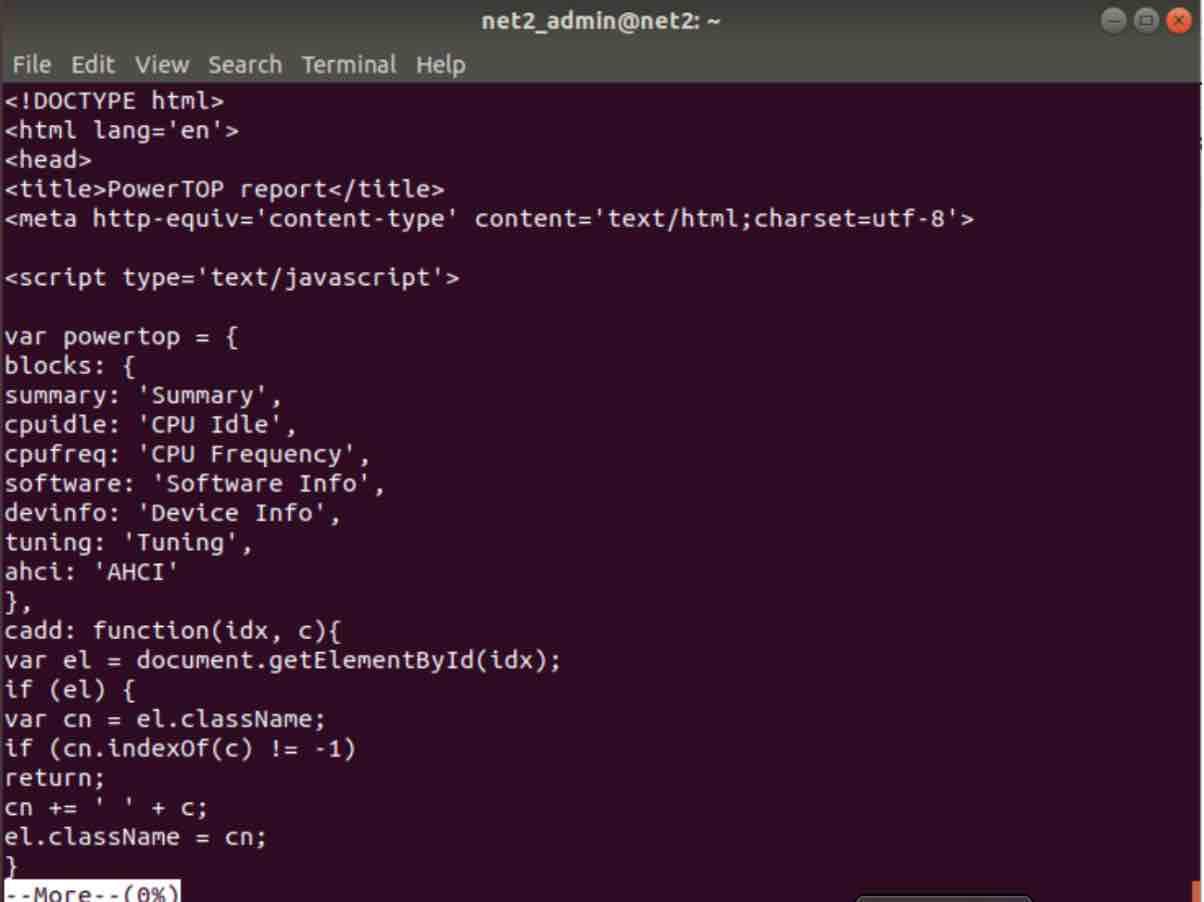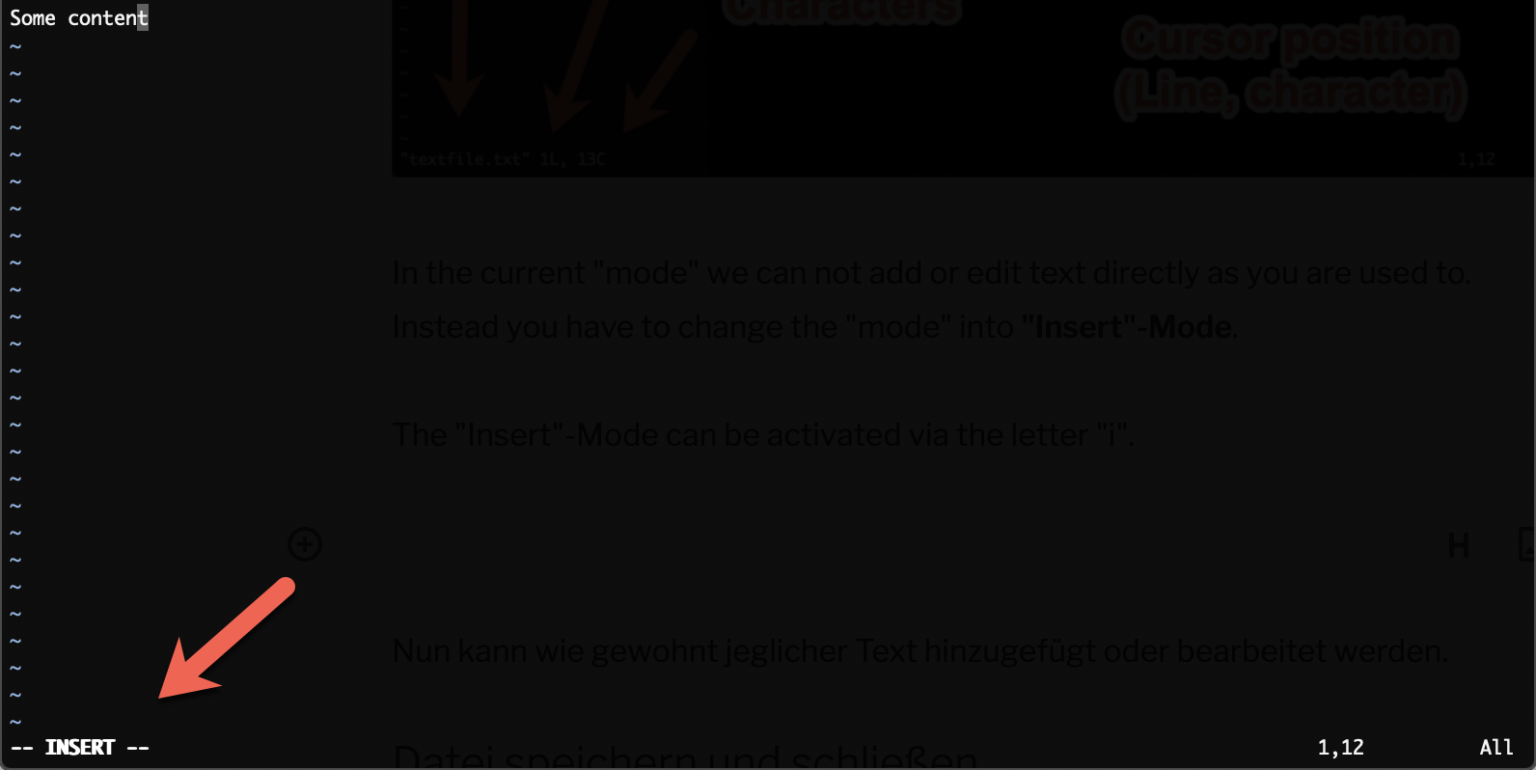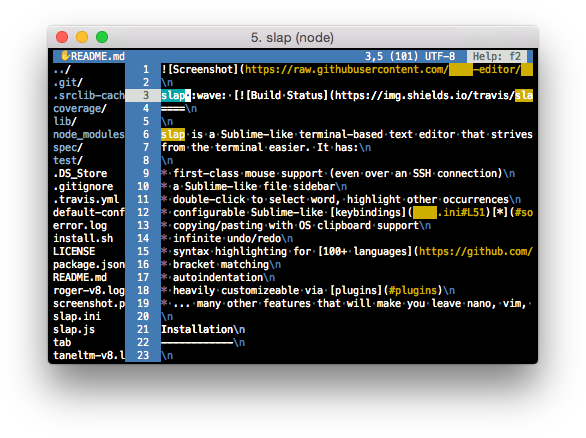
It can be used in combination with motions, operators, or both. Write the file only if changes were made, then quit the Vim editor.Ī count is a number that multiplies the effect of keystrokes in Vim. Search backward through the document for specific text. Search through the document for specific text. Paste text on the line directly above the cursor. Paste text on the line directly below the cursor. Editing Operatorĭelete the character selected by the cursor. Some of the frequently used editing operators are listed here. They can also be used in combination with motions to edit multiple characters. Editing OperatorsĮditing operators in command mode are powerful tools that can be used to manipulate text with simple keystrokes.

The conventional navigation keys such as Home, End, Page Up, and Page Down also work in Vim. In addition to using the h, j, k, and l keys to navigate through the editor, you can also use the Up, Down, Left, and Right Arrow keys. Move the cursor to the last line of the file. Move the cursor to the first line of the file. Move the cursor to the specified line number. Move the cursor to the first line of the screen. Move the cursor to the bottom of the screen. Move to the end of the current word or to the end of the next word if you are already at the end of the word. Move to the beginning of the current line. They can be used for moving the cursor through characters, words, lines, or even huge blocks of text. These keys position the cursor anywhere within a document. Motions are single-key shortcuts that are used to navigate through files in command mode. Reverts to the last saved format without closing the file.Įxecutes the command and displays the result in the Vim interface. Quits when no changes have been made after the last save. Saves a file with a file name if it is being saved for the first time. Some commands supported by Vim are listed in the following table. This indicates that you are in execute mode and can run commands supported by Vim. In command mode, when you enter the colon (:) operator, a small command prompt section appears at the bottom-left of the editor. Switches to execute mode to enable users to enter commands. V Switches to visual mode to enable selection, one line at a time. Switches to visual mode to enable selection, one character at a time. Switches to insert mode and inserts text on a new line above the cursor.

Switches to insert mode and inserts text on a new line below the cursor. Switches to insert mode and inserts text at the beginning of a line. Switches to insert mode and adds text at the end of a line. Switches to insert mode and inserts text to the left of the cursor. Some of the keys to switch modes are listed here. Highlight or select text for copying, deleting, and so on.Ĭommand mode is the default mode of Vim, but you can switch from command mode to any other mode by using a single keystroke. Perform different editing actions using single keystrokes. Vi is a modal editor, and its different modes decide the functionality of various keys. I’ve added and changed things from the original text. Note: a chunk of this small guide came from a web page I found long ago, but I don’t remember where so I can’t give proper credit. Vim supports multiple files being opened simultaneously. If the file does not exist, Vim creates a file by the name specified and opens the file for editing. When entered without a file name as an argument, the vim command opens a welcome screen by default. However, the vi command may also be used for this purpose because it automatically redirects the user to Vim. Vim It is the default editor when changing a crontab.
#Terminal text editor mac os x
On Mac OS X (and Linux), vi is symlinked to vim (vi improved), a more modern free software version. There may be times when vi is the only text editor available, so it helps to at least know the basics. While obtuse, vi is extremely powerful and efficient. Vi is one of two powerhouse text editors in the Unix world, the other being EMACS. Text editors may work either in the CLI or GUI, and may have different modes of operation. However, text editors do not always support the formatting options that word processors provide.

Various types of text editors are compatible with Linux. Text editors were originally created to write programs in source code, but are now used to edit a wide variety of text-based files. A text editor is an application that enables you to view, create, or modify the contents of text files.


 0 kommentar(er)
0 kommentar(er)
